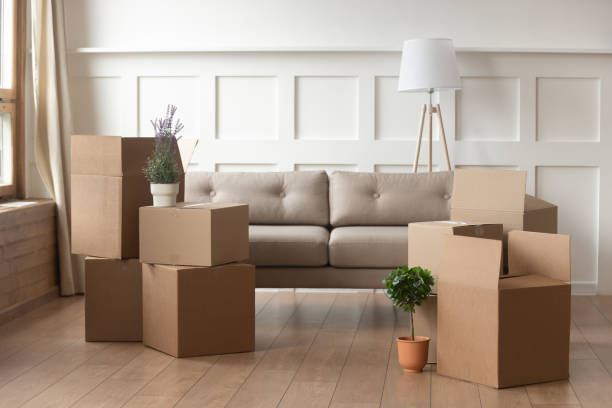Moving furniture can be a stressful endeavor, especially when delicate items like glass, mirrors, and other fragile pieces are involved. These items not only hold monetary value but often carry sentimental significance as well. Ensuring they arrive at your new home in one piece requires careful planning, proper materials, and gentle handling. In this guide, Moving Company in NYC provides the best practices for moving fragile furniture, focusing on glass, mirrors, and delicate pieces.
Assessing the Situation
Before you start packing, take stock of all the fragile items you’ll be moving. This includes mirrors, glass tabletops, delicate figurines, and any other breakable objects. Assess their size, shape, and fragility to determine the best packing methods.
Gather Supplies
Having the right packing materials is crucial for safeguarding fragile furniture during transit. Here’s what you’ll need:
- Bubble Wrap: This provides excellent cushioning and protection against impacts.
- Packing Paper: Use it to wrap smaller delicate items individually.
- Packing Tape: Secure wrapping and padding in place.
- Cardboard Boxes: Choose sturdy, appropriately sized boxes for each item.
- Corner Protectors: These are essential for protecting the corners of mirrors and framed artwork.
- Moving Blankets: Use blankets to provide an extra layer of protection for larger items.
Packing Fragile Items
- Wrap Each Item Securely: Start by wrapping each fragile item individually with bubble wrap or packing paper. Pay extra attention to corners and protruding edges.

- Use Reinforcement: For particularly fragile pieces, consider adding an extra layer of protection. You can sandwich them between two pieces of cardboard or wrap them with multiple layers of bubble wrap.
- Secure Glass and Mirrors: Apply masking tape in an “X” shape across the surface of mirrors or glass to help prevent shattering in case of breakage. Then, cover them with bubble wrap or moving blankets.
- Pack Strategically: Place heavier items at the bottom of the box and lighter items on top. Fill any empty spaces with packing peanuts or crumpled packing paper to prevent shifting during transit.
- Label Boxes Clearly: Clearly mark boxes containing fragile items as “Fragile” to alert movers to handle them with care.
Loading and Transporting
- Handle with Care: When loading fragile furniture onto the moving truck, take your time and handle each item gently. Avoid stacking heavy items on top of delicate ones.
- Secure in Place: Once loaded, use moving straps or ropes to secure furniture in place and prevent shifting during transit. Avoid overloading the truck to minimize the risk of items falling or shifting during the journey.
- Drive Cautiously: If you’re transporting fragile items in your own vehicle, drive cautiously, especially over bumps or rough terrain. Smooth, steady driving can help prevent unnecessary jostling.
Unpacking at Your New Home
- Handle with Care: When unloading fragile furniture, take the same care as when loading it onto the truck. Avoid dropping or bumping items against hard surfaces.
- Inspect for Damage: Upon arrival, carefully inspect each item for any signs of damage. If any items are damaged, document it for insurance purposes.
- Unpack Carefully: Remove wrapping and padding from fragile items slowly and gently to avoid causing damage during unpacking.
Conclusion
Moving fragile furniture, especially items like glass, mirrors, and delicate pieces, requires careful planning and execution. By following the tips outlined in this guide and taking the time to properly pack and handle your fragile items, you can ensure they arrive at your new home safely and securely. Remember, when it comes to moving fragile furniture, it’s better to err on the side of caution and take the necessary precautions to protect your valuables or ask for professional help. Slick Moving – A moving company provides furniture moving service to transport your belongings safely and securely.

